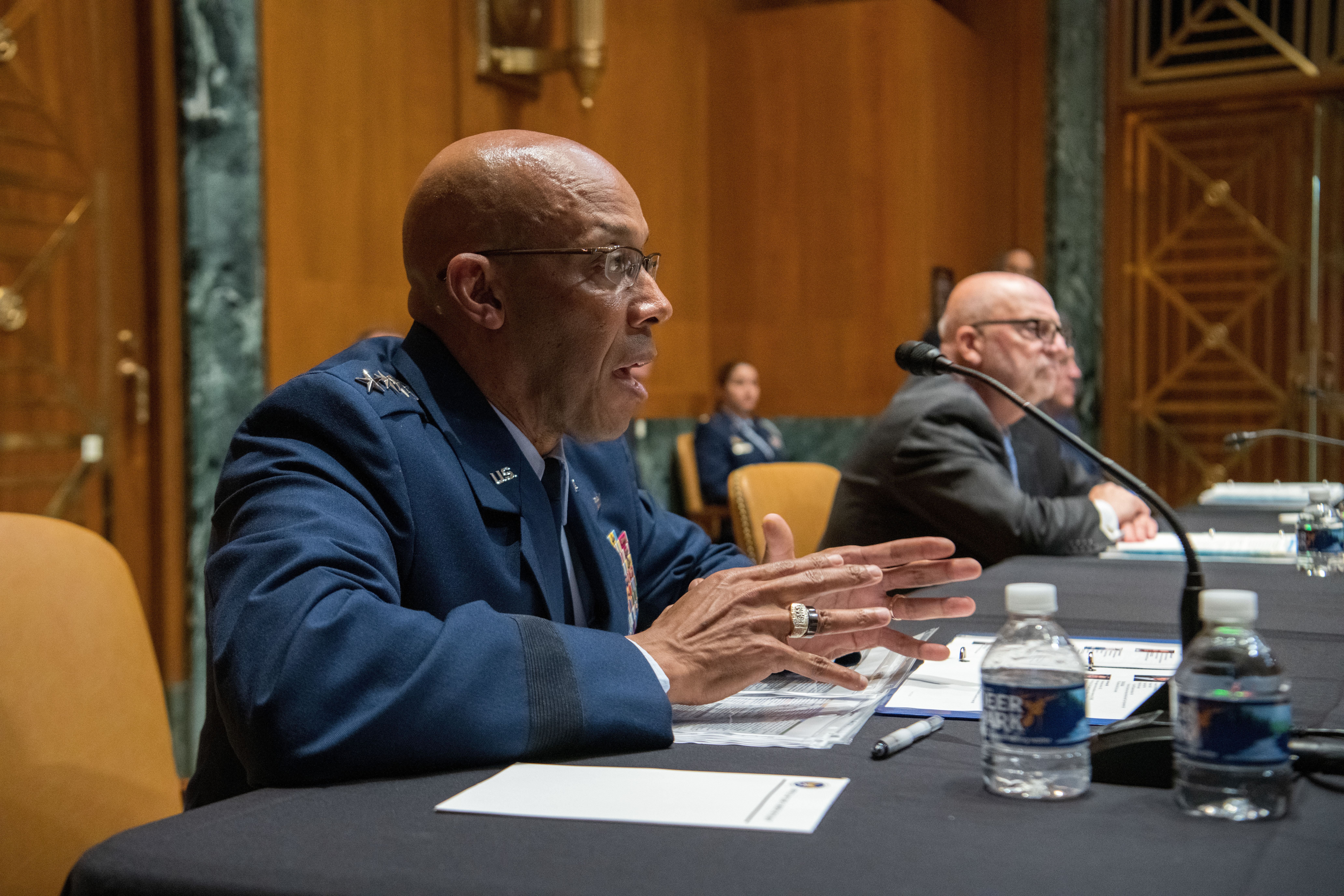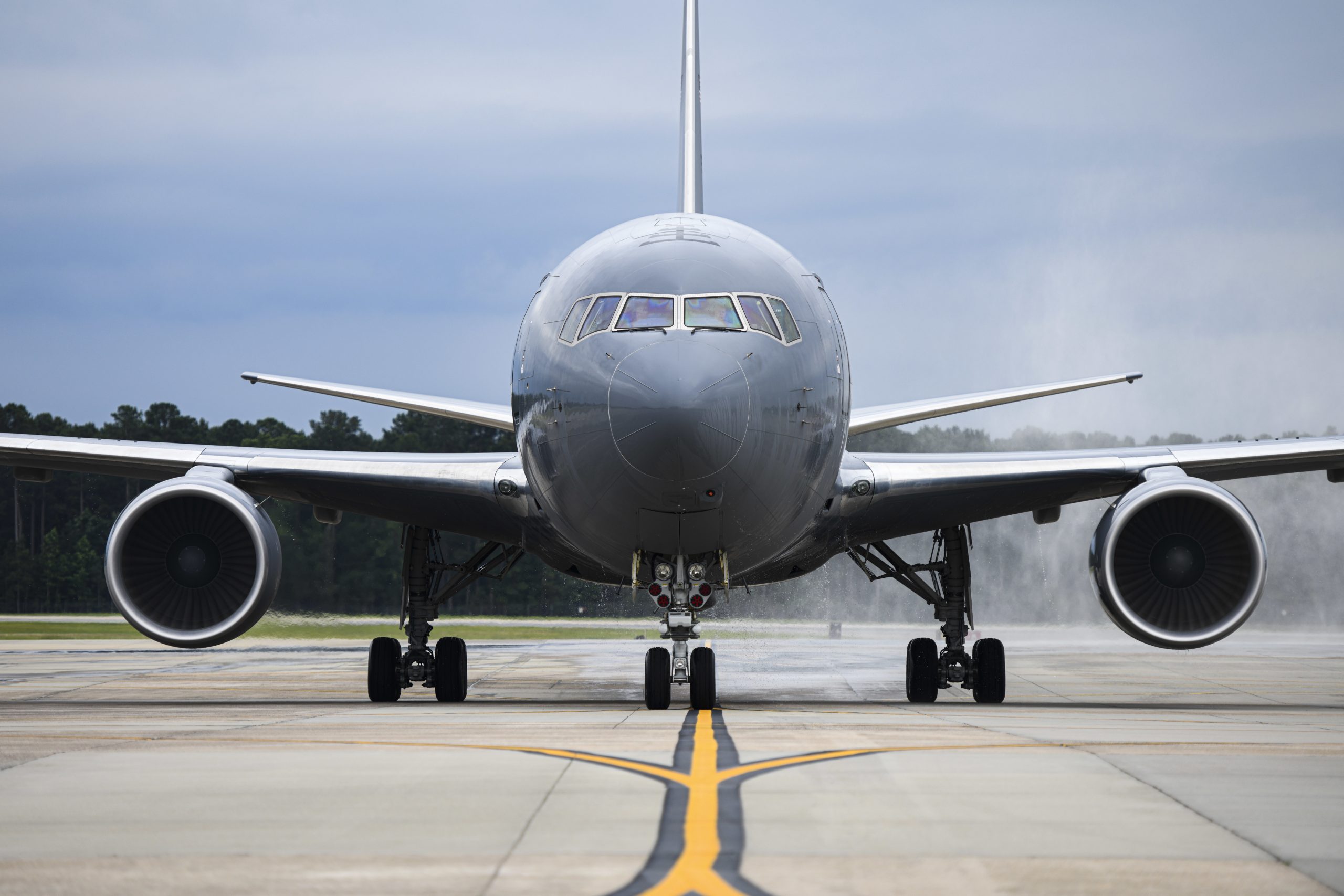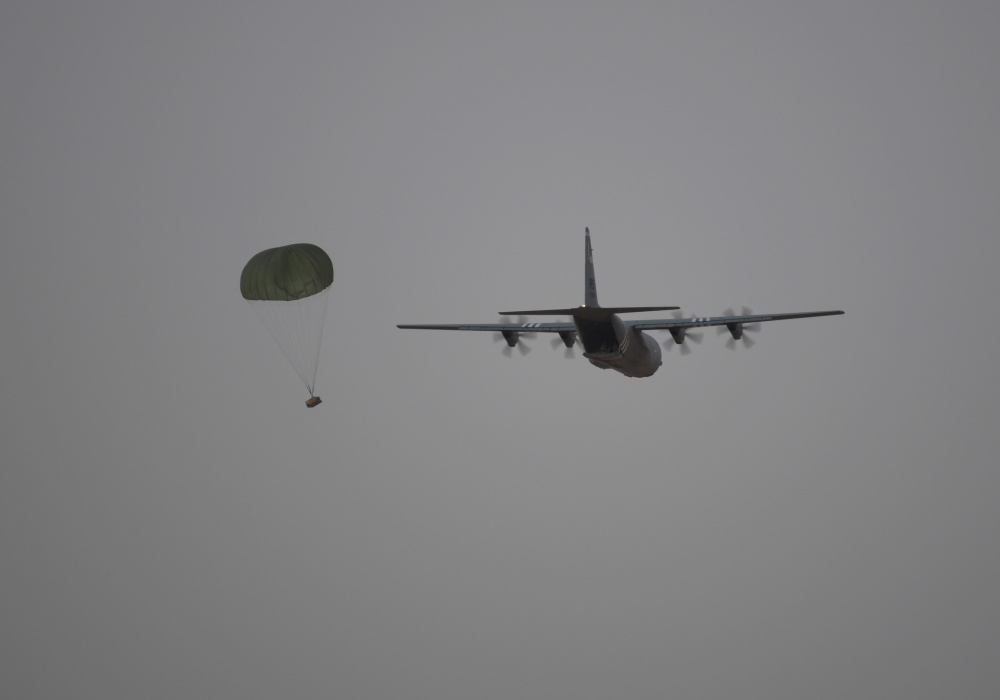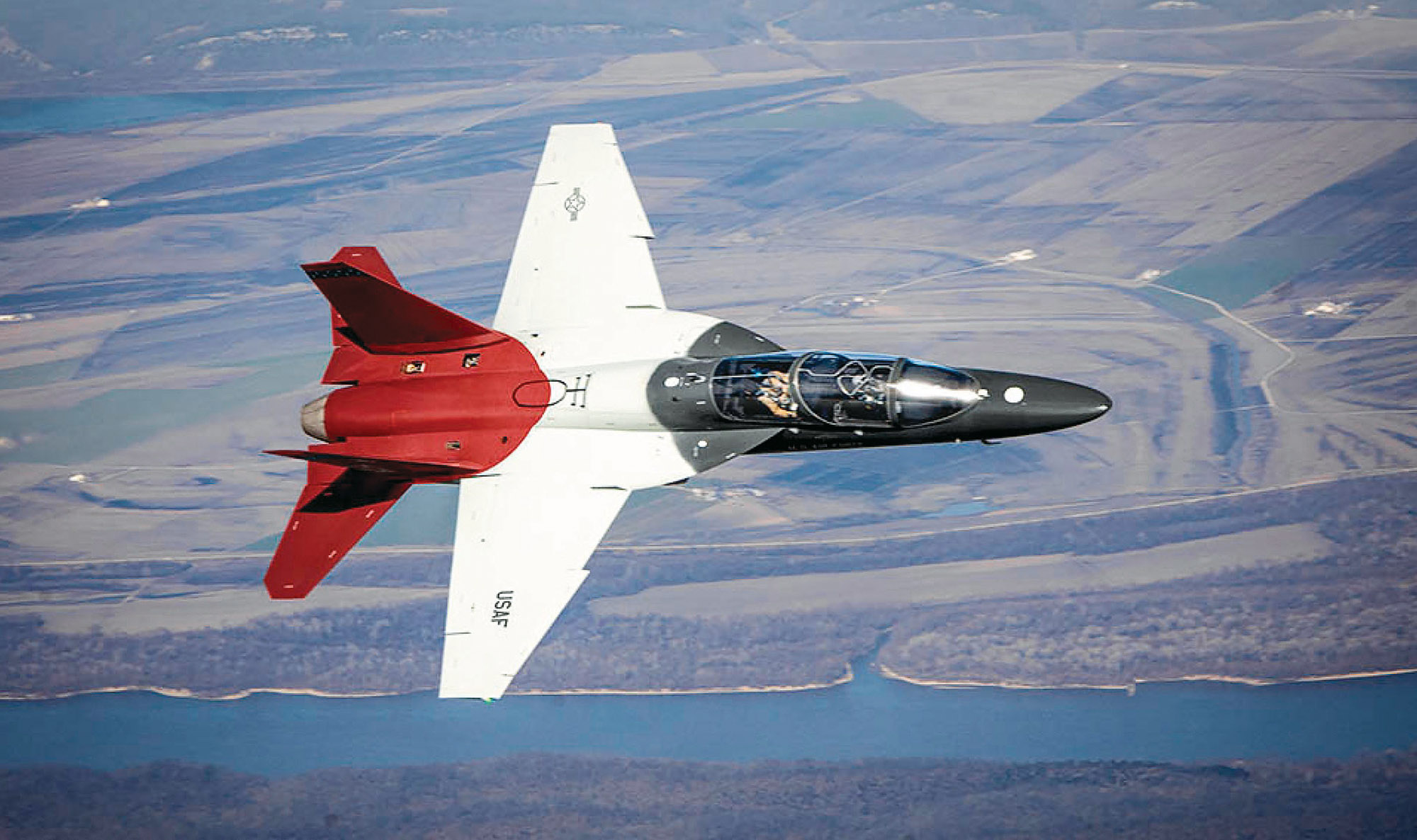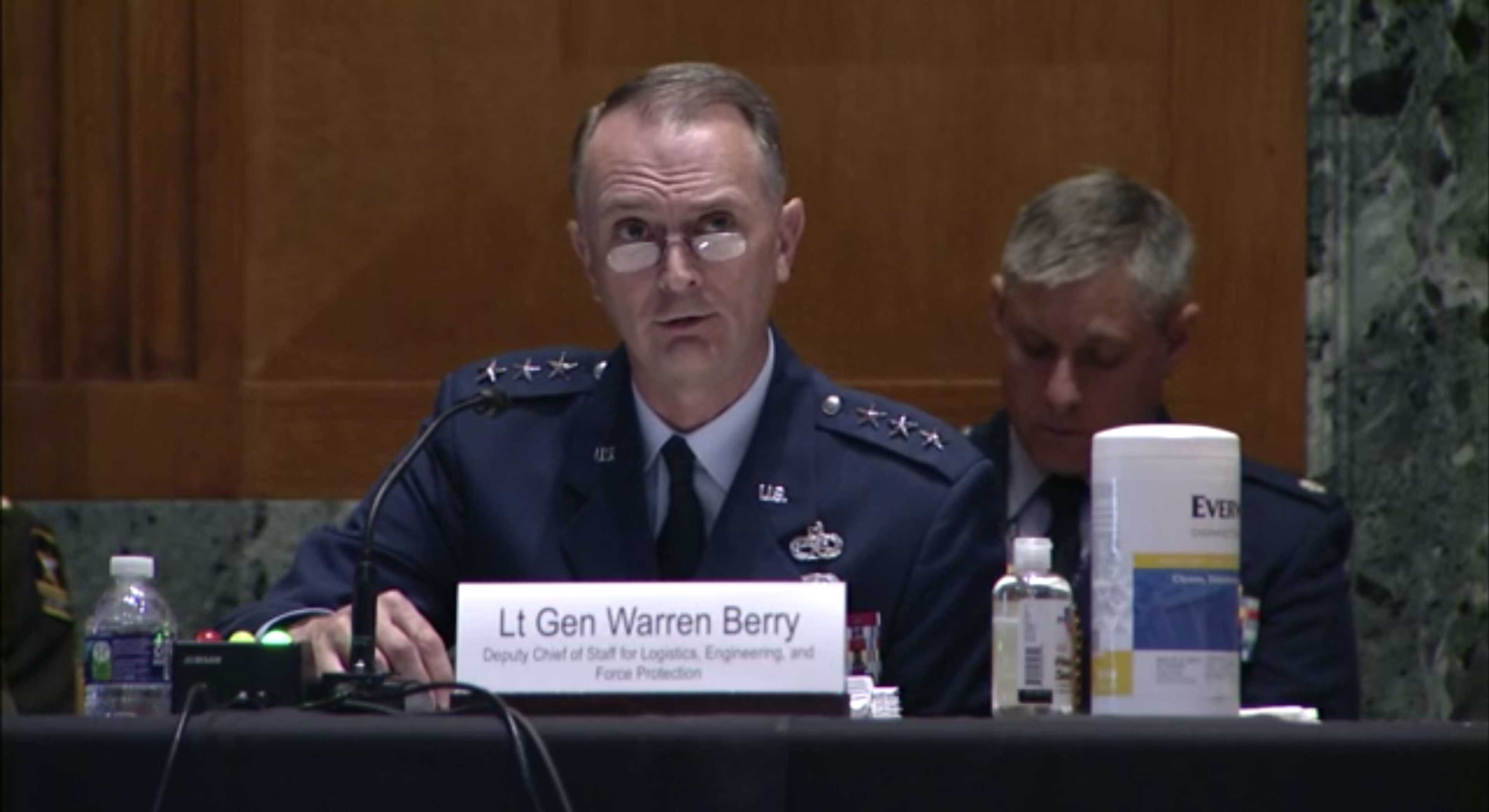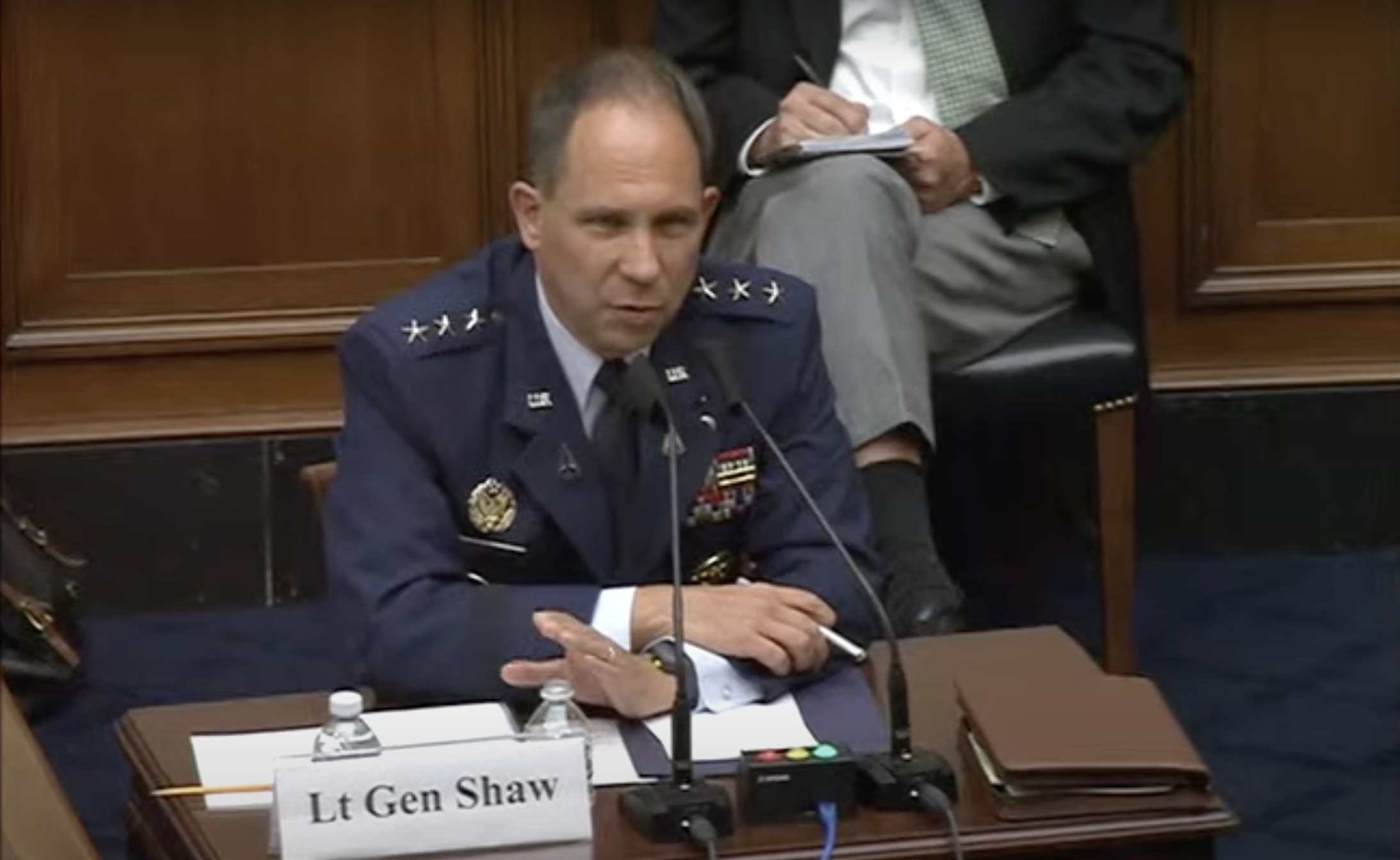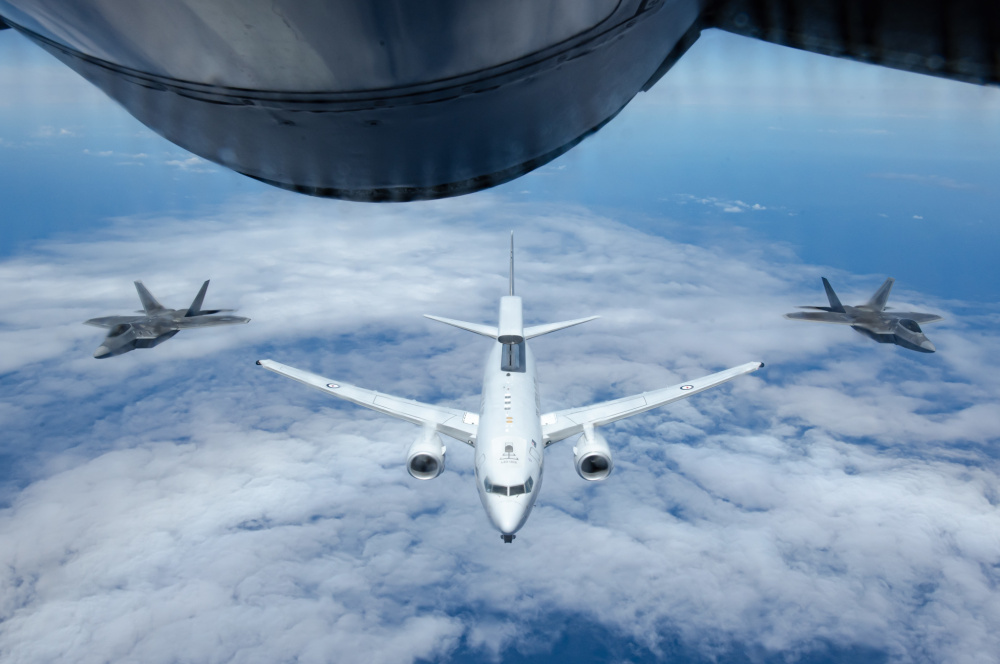The Air Force and Boeing are addressing two previously unannounced Category 1 deficiencies on the KC-46. The issues, affecting the aircraft’s receptacle drain line tubes and Flight Management System, will be fixed at Boeing’s expense.
“There are no operational restrictions on fielded KC-46s due to either of these deficiencies, nor do they affect [Air Mobility Command’s] plan for KC-46 Interim Capability Release,” said USAF spokesman Capt. Joshua D. Benedetti in a statement. “The [System Program Office] and Boeing have established operational processes and maintenance procedures to mitigate impacts and ensure the issues do not add extra risk to personnel, aircraft or operations.”
The air refueling receptacle drain line developed cracks in low-temperature conditions, according to the Air Force, and Boeing is redesigning the drain tube to address the issue.
The aircraft have also suffered isolated incidents of Flight Management System instability during operations. Boeing and subcontractor GE Aviation identified the need for a long-term software fix, and for the short term, Boeing is developing updated procedures to ensure the system’s stability in flight. The system became an issue in a March 3 flight over the Pacific, causing the crew to use other navigation systems to safely land in Hawaii, according to Defense News, which first reported the deficiencies.
While the fixes have been identified, they are still classified as Category 1 deficiencies. Four others relate to the aircraft’s Remote Vision System, fuel leaks, and a “stiff” refueling boom that requires an actuator redesign. An improved Remote Vision System 2.0 is now in preliminary design review, and the Air Force expects installations to begin in 2023.
Earlier this year, the Air Force resolved two other Category 1 deficiencies on the KC-46: a duct clamp that moved excessively and a drain mast on the outside of the tail that could potentially break loose.
Hundreds of less serious Category 2 deficiencies with the aircraft persist, defined as issues that do not impact the safety of flight and have workarounds in place to continue operations. These include a problem with the jet’s Aerial Refueling Software for which the Air Force has developed a workaround, Air Force Magazine reported.

